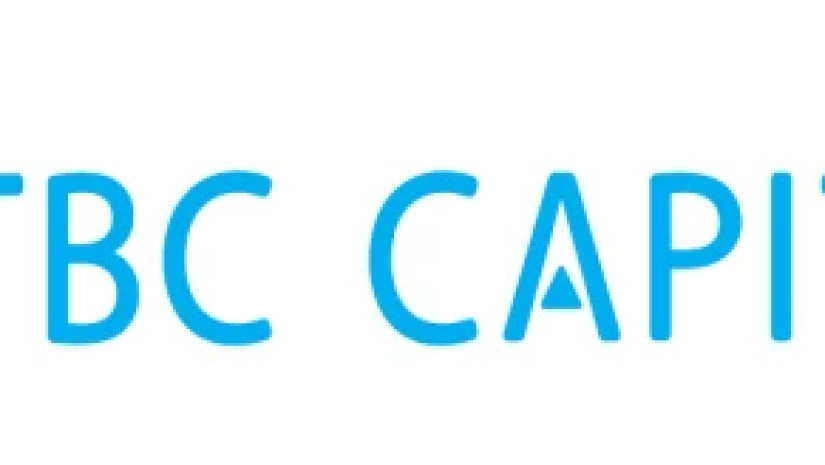TBC Capital released its Fixed Income Regional Market Watch, which covers the range of EUR and USD state and corporate Eurobonds issued in CIS, Caucasus, Eastern Europe and extended Region (TBC Capital Fixed Income Primary Universe), a diverse and unique universe, offering ample investment opportunities. The report covers the global financial market dynamics, key drivers of emerging market debt performance, describes the latest tendencies of the Primary Universe, with closer look at Georgia and immediate neighbors.
Here are some main tendencies regarding Georgia:
• Q3 2020 GDP growth came in at -5.6% YoY, below the initial estimate of -3.8% YoY. In nominal terms, GDP increased by 0.1% YoY over the same period. Following a sharp contraction in Q2 2020, number of sectors have recovered to 2019 levels already in Q3, including manufacturing (+0.6% YoY), construction (+2.0% YoY), information & communication (+1.9% YoY). Other major sectors, such as trade & repairs (-0.3% YoY), real estate (-0.8% YoY) and financial sector (-4.4% YoY) have also almost fully recovered from Q2 lows. Mining (+14.7% YoY), healthcare (+6.6% YoY), and education (+5.6% YoY) maintained growth dynamics, while hotels & restaurants (-53.1% YoY), arts & entertainment (-32.4%) and other services remained deeply negative. According to TBC Capital’s latest Macro-Sector Overview following a 6.2% drop in 2020, a 4.6% recovery in 2021, and a solid – 7.4% growth is expected in 2022.
• The NBG kept the refinance rate unchanged at 8.0% on the Monetary Policy Committee meeting held on December 9th. Per latest central bank projections, inflation is expected to remain close to the central bank target in the first half of 2021. However, taking into account still high uncertainties regarding the end of the pandemic, central bank stressed the possibility of keeping the monetary policy rate at current level over a prolonged period. Also, still sizeable fiscal stimulus in 2021 together with high level of dollarization and costs associated with the GEL volatility, leaves less room for more decisive monetary policy easing in the coming periods. In our baseline scenario, monetary policy rate cut is not expected until the end of 2021 and the chances of the hike has increased markedly.
• Annual inflation stood at 3.8% in November, unchanged from the previous month. Seasonally adjusted annualized inflation, coming in at around 5%, indicates inflationary pressures likely stemming from the undervalued exchange rate and higher commodity prices. Core inflation, which excludes price of energy and food, decreased to 5.1% YoY in November compared to 5.4% YoY in October). With higher utility and commodity prices, coupled with remaining effects of exchange rate on inflation, we expect the CPI inflation to increase to around 6% in the first half of 2021.
• Exports of goods declined by 13.4% YoY in November, following a modest 2.2% YoY decrease in October, according to the express data. In absolute terms, exports decreased by 46.5 m USD YoY and amounted to 301.1 m USD. Increased virus cases and stricter mobility restrictions in Georgia’s key export markets likely explain worsened export dynamics.
• Imports of goods declined by 12.1% YoY in November, compared to 23.2% drop in October. In absolute terms, imports decreased by 99.1 m USD to 719.2 m USD. Despite weaker exports and lesser decline in imports, trade balance improved by 11.2% YoY (52.7 m USD) in November.
• Money transfers posted 12.5% YoY growth in November 2020 - a somewhat slower tempo compared to the previous months. Transfers increased from almost all major remitting countries with the exception of Russia (-16.0% YoY). The EU (+23.4% YoY) remains a major driver of the growth, while countries such as the USA (+35.6% YoY), Ukraine (+124.4% YoY), and Turkey (+14.7% YoY) contributed significantly.
• Share of non-residents in government securities posted a slight decrease at 10.8% in November. Regardless, non-residents held treasuries with nominal value of GEL 612.8mln, almost unchanged from the previous month. The USD rates at very low levels, together with the undervalued GEL exchange rate, should support the non-resident portfolio investment inflows going forward.















